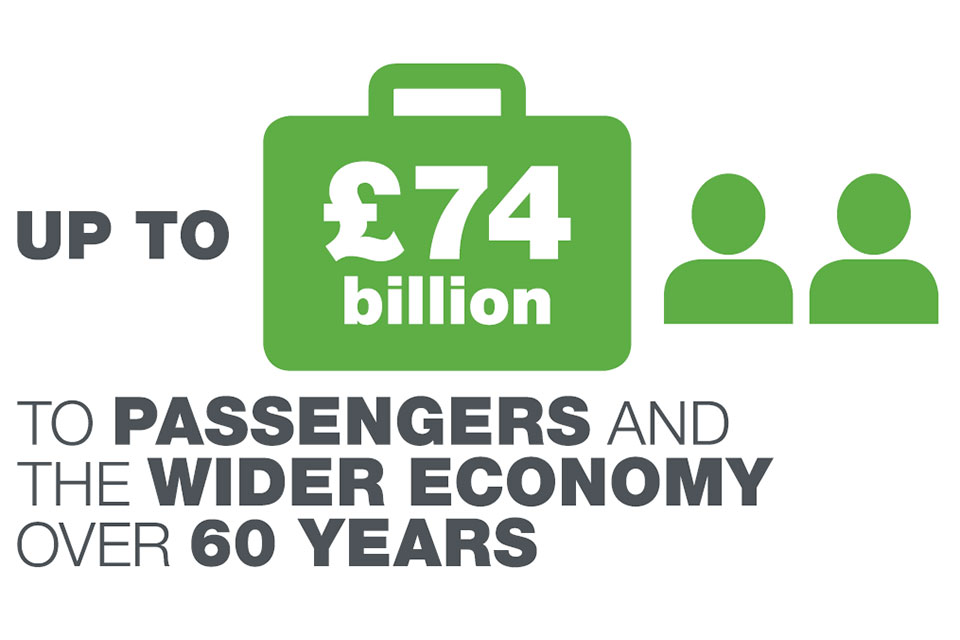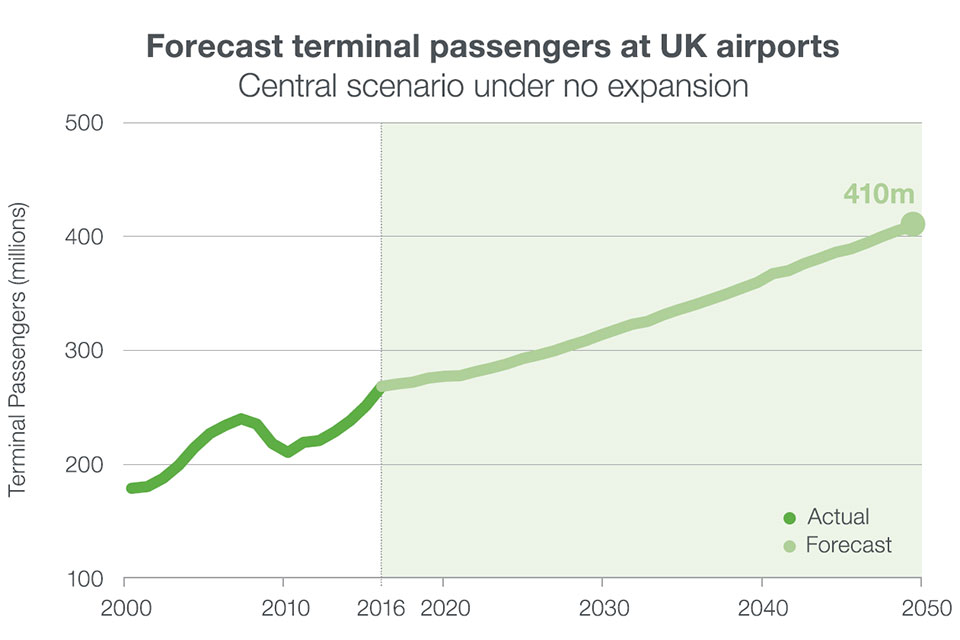Why we prefer a new runway at Heathrow
Published 5 June 2018
There is an urgent need for new runway capacity
International flights matter. They support trade, inward investment and exports.
We face a capacity crunch. Government forecasts show all 5 of London’s major airports will be full by the mid 2030s and 4 within a decade.
A new runway at Heathrow would offer the greatest variety of new connections and the greatest benefits soonest.

Britain open for business
As the UK’s major hub airport, Heathrow is uniquely placed to offer more frequent and new international routes, which we need to thrive in a global market.
Heathrow already carries more goods by value than all other UK airports combined.
A new runway would enable Heathrow to nearly double its freight capability, offering businesses across the country the chance to increase their exports.

Improved connectivity
A new runway at Heathrow would bring benefits to all parts of the UK:
It would mean more space for flights from the UK’s regional airports to our major internal hub and onward to new markets around the world.
It would also mean a greater choice of international destinations for people travelling on holiday, for business or to visit friends and family.
The increased competition at the airport is expected to drive down fares.

Managing local impacts
Expansion will only proceed if it meets strict environmental obligations and offers a world-class package of compensation and mitigations for local communities.
The government has been clear that expansion must be delivered while keeping airport charges as low as possible for using Heathrow.
The cost of delivery and community compensation would be privately financed.
